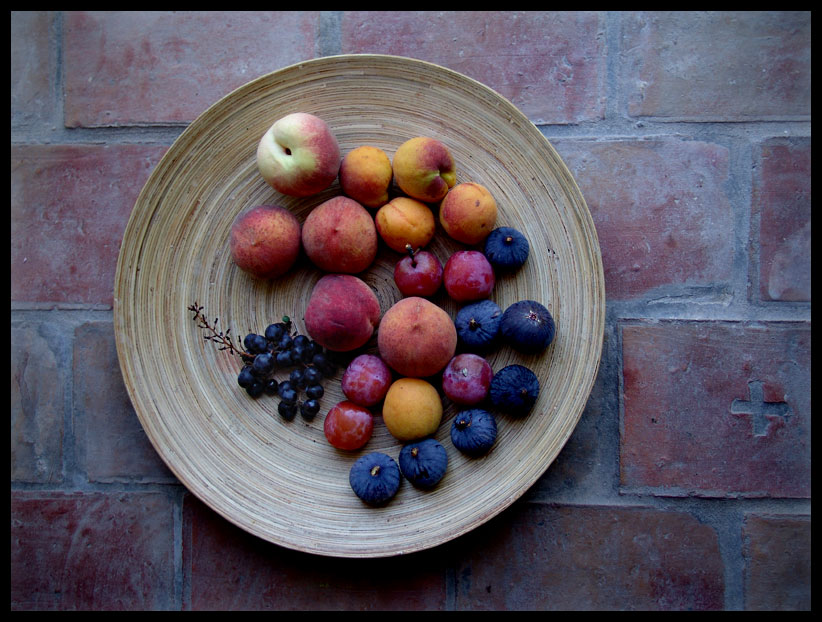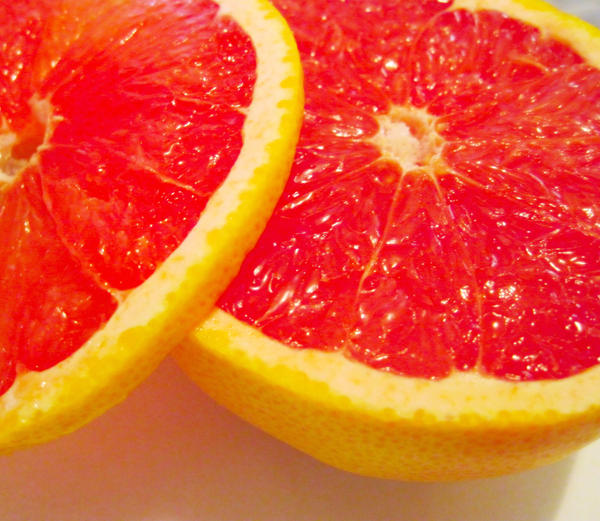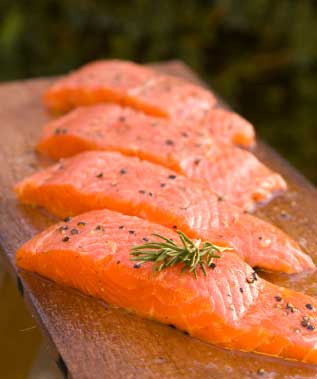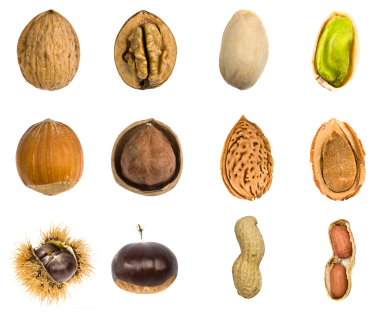An estimated 24 million filled donuts (sufganiyot in Hebrew) are sold in Israel each Hannukah season. That adds up to $13 million in sales and 10.8 billion calories, at an average 450 per fried treat - depending on the filling and topping.
Next time you're considering skipping the salad bar, think again: Eating more raw fruits and vegetables could alter the effects of a gene that's a marker for heart disease.
FOR THE RECORD: A headline on an earlier version of this post incorrectly said eating more fruits and vegetables altersgenes.
Researchers genotyped 27,243 people from two separate studies to see if they had a certain gene variant. The 9p21 gene has been shown in previous studies to be linked with a higher risk of heart attack and cardiovascular disease, including a 2010 meta-analysis in the Journal of the American Medical Assn. that found a statistically significant link between people who had the 9p21 gene variant and a greater chance of developing heart disease.
Despite the luck of the draw, people may be able to do something about it.
The participants in this study represented a number of ethnicities: South Asian, Latin American, Arab, Chinese and European. They were asked about their dietary habits, including how many raw fruits and vegetables they ate, and how often.
Among all the study subjects, those who had the high-risk genotype and ate a diet low in raw vegetables and fruits had a higher risk of heart attack or cardiovascular disease. However, eating a diet high in vegetables and fruits seemed to have a protective effect -- that group had a heart attack risk that was comparable to people with a low-risk genotype.
"Our research suggests there may be an important interplay between genes and diet in cardiovascular disease," said lead author Ron Do, in a news release. Do, who did the study while at McGill University (he's now at Massachusetts General Hospital) added, "Future research is necessary to understand the mechanism of this interaction, which will shed light on the underlying metabolic processes that the 9p21 gene is involved in."
The study was published this week in the journal PLoS Medicine.
FOR THE RECORD: A headline on an earlier version of this post incorrectly said eating more fruits and vegetables altersgenes.
Researchers genotyped 27,243 people from two separate studies to see if they had a certain gene variant. The 9p21 gene has been shown in previous studies to be linked with a higher risk of heart attack and cardiovascular disease, including a 2010 meta-analysis in the Journal of the American Medical Assn. that found a statistically significant link between people who had the 9p21 gene variant and a greater chance of developing heart disease.
Despite the luck of the draw, people may be able to do something about it.
The participants in this study represented a number of ethnicities: South Asian, Latin American, Arab, Chinese and European. They were asked about their dietary habits, including how many raw fruits and vegetables they ate, and how often.
Among all the study subjects, those who had the high-risk genotype and ate a diet low in raw vegetables and fruits had a higher risk of heart attack or cardiovascular disease. However, eating a diet high in vegetables and fruits seemed to have a protective effect -- that group had a heart attack risk that was comparable to people with a low-risk genotype.
"Our research suggests there may be an important interplay between genes and diet in cardiovascular disease," said lead author Ron Do, in a news release. Do, who did the study while at McGill University (he's now at Massachusetts General Hospital) added, "Future research is necessary to understand the mechanism of this interaction, which will shed light on the underlying metabolic processes that the 9p21 gene is involved in."
The study was published this week in the journal PLoS Medicine.




















































